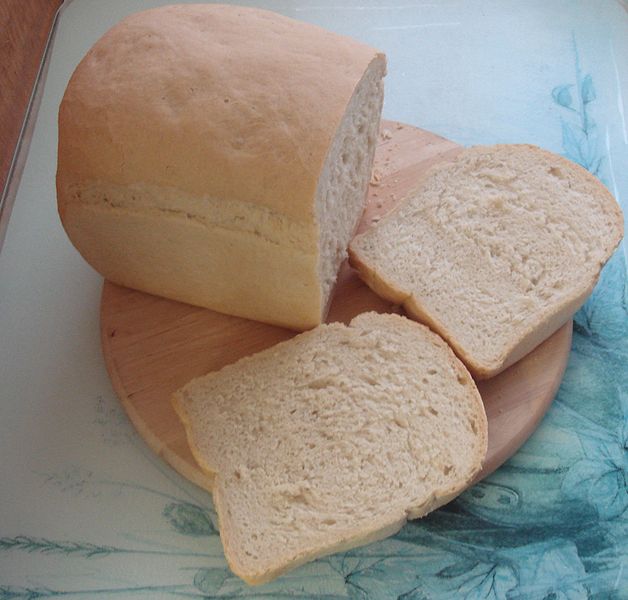
Efforts are underway to develop a new variety of bread that mirrors the taste and appearance of white bread while offering the health benefits of wholemeal alternatives.
Supported by government funding aimed at improving the nutritional profile of UK food, researchers are exploring the addition of peas, beans, cereals, bran, and wheat germ to traditional white bread recipes.
Past attempts to bolster the health credentials of white bread by incorporating bran met with resistance from consumers who found the altered taste and texture undesirable. However, this ongoing research project, spearheaded by Dr. Catherine Howarth of Aberystwyth University, seeks to strike a delicate balance between enhancing nutritional content and preserving the familiar attributes of white bread.
Analysis of the chemical composition of white flour forms the basis of the study, with researchers aiming to identify essential vitamins and minerals lost during the milling process. By reintroducing wheat germ and a portion of the bran, along with incorporating other nutrient-rich grains like quinoa, teff, sorghum, and millet, the team hopes to elevate the fiber, vitamin, and mineral content of white bread.
Once potential recipes are developed, Chris Holister, a product development manager for Gloucestershire flour producer Shipton Mill, will translate them into bread. The ultimate test will be consumer trials to determine if the new bread can seamlessly replace conventional white loaves on supermarket shelves.
Early prototypes have shown promise, offering a crustier texture reminiscent of artisanal loaves while retaining the familiar taste of white bread. However, further refinement is required before the product can be commercialized, with an estimated timeline of two years before it reaches consumers.
The research team believes that their approach, focusing on the inner layer of the bran and incorporating less strongly flavored grains, will yield a successful outcome. By utilizing natural ingredients, they aim to enhance the nutritional value of white bread without compromising on taste or texture.
The potential health benefits of consuming whole grains are well-documented, with reduced risks of heart disease, stroke, type 2 diabetes, and bowel cancer attributed to regular consumption. However, despite these advantages, surveys indicate that the majority of adults in the UK do not consume enough whole grains.
While challenges remain in encouraging widespread adoption of wholemeal bread, the research represents a significant step toward improving public health by offering a more nutritious alternative to traditional white bread. Photo by ElinorD, Wikimedia commons.




































